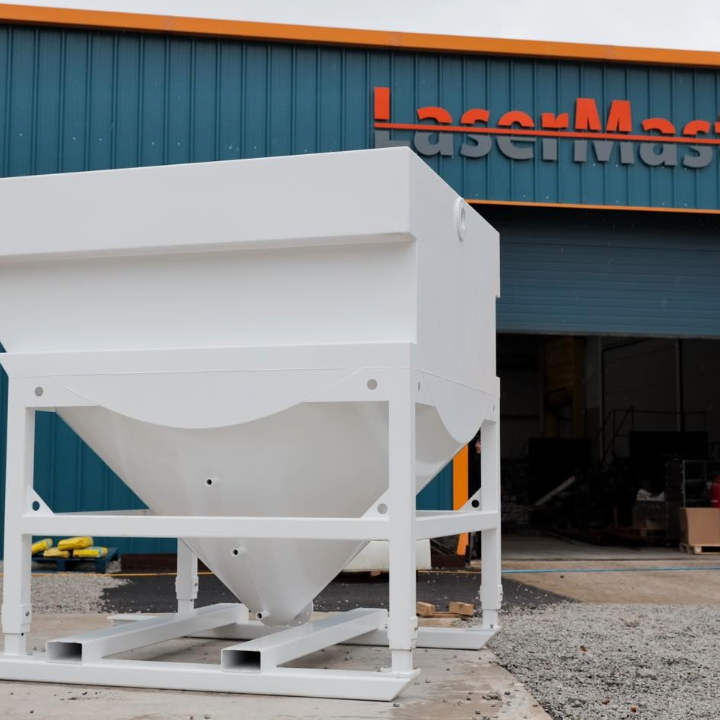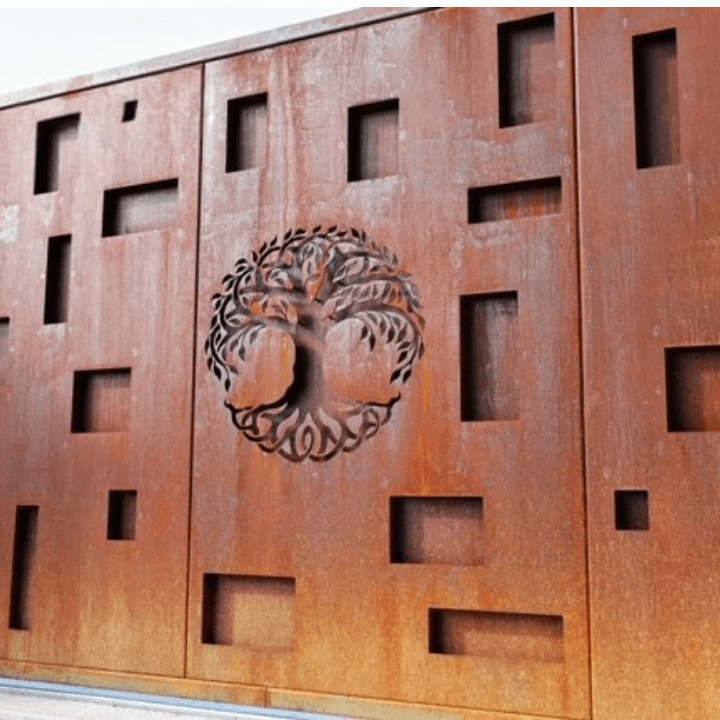The TIG Welding Method
TIG, short for 'tungsten inert gas,' also known as gas tungsten arc welding, uses a non-consumable tungsten electrode to heat metals with an electric arc surrounded by a protective inert gas atmosphere like argon. If filler metal is required, it can be added with a filler rod. TIG welding uses a direct current where the tungsten electrode carries a negative charge and the metal a positive charge, preventing electrode overheating and melting.
TIG enables welders to perform delicate, high-quality welds. For the thinnest metals, TIG is the preferred welding method, producing exceptional results.
This is welding for aesthetics, for architecture, sculptures, food manufacturing plants, anywhere the ‘look’ is important. The wire is fed in slowly, so the welding is more controlled and creates a tidier weld that is then further dressed.
Compared to MIG welding, TIG welding is more “skilled”. TIG welding takes more time to finish a job but produces higher quality results, albeit at a higher cost.
The MIG Welding Method
MIG welding, short for ‘metal inert gas’, is a welding process that uses a continuously fed solid wire electrode that runs through a welding gun. The electrically charged contact tip generates enough heat to melt the wire and create a weld puddle, while an inert shielding gas protects the puddle from contamination by impurities.
This type of welding is commonly used for heavy-duty fabrication projects where a thicker weld bead provides the necessary structural strength. It is well-suited for applications like metal gates, railings, I-beams, metal staircases, and construction projects requiring sturdy, structural welds.
Compared to TIG welding, MIG welding is considered relatively easier since the continuously fed wire can be applied and fused quickly. This enables the welder to complete tasks more efficiently, making it beneficial when speed and cost-effectiveness are critical factors.










